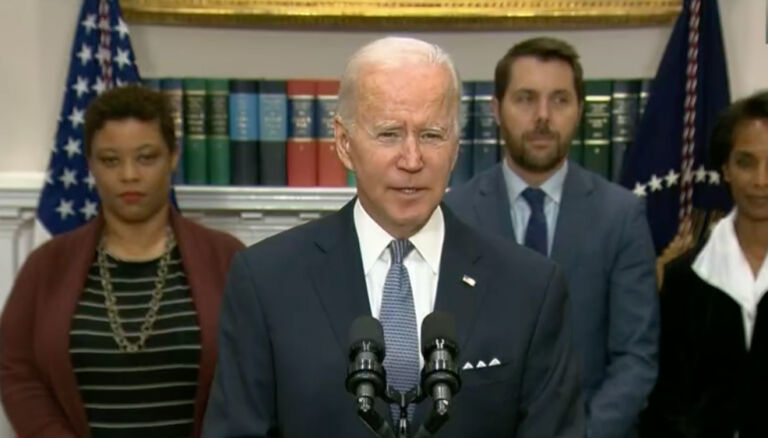Weekly John Locke Foundation research division newsletter focusing on environmental issues.
The newsletter highlights relevant analysis done by the JLF and other think tanks as well as items in the news.
1. Could the sun have something to do with climate? Who ever heard of such a thing?
There is new evidence that seems to prove something that only a trained climate scientist would not find obvious — sun activity and climate change are not only related, but closely related. And a picture speaks a thousand words. The graph below is from the UC Berkley Earth-Surface Temperature Project. It shows what is a very tight relationship between changes in solar radiation and temperatures for the contiguous United States over a 160-year period.
According to climate scientist Dr. Willie Soon from the Solar and Stellar Physics (SSP) Division of the Harvard-Smithsonian Center for Astrophysics, and statistician and meteorologist William Briggs reporting in the Washington Times on recent research they have done:
The close relationships between the abrupt ups and downs of solar activity and of temperature that we have identified occur locally in coastal Greenland, regionally in the Arctic Pacific and North Atlantic; and hemispherically for the whole circum-Arctic, suggesting that changes in solar radiation drive temperature variations in at least many areas.
They go on to note that:
Pictures like these cannot be drawn for temperature and CO2 concentration. There just is no such close match between the steady rise in atmospheric CO2 concentration and the often dramatic ups and downs of surface temperatures in and around the Arctic, China and the United States.
More locally, a good deal of research has been done on this topic by Duke Research Scientist Nicola Scafetta . To view a presentation on the topic by Dr. Scafetta made to the John Locke Foundation please click here.
2. Ozone Report
The 2012 ozone season began on April 1 and each week during the ozone season this newsletter reports how many, if any, high ozone days have been experienced throughout the state during the previous week, where they were experienced, and how many have been recorded during the entire season to date. The ozone season will end on October 31. All reported data is from the North Carolina Division of Air Quality, which is part of the state’s Department of Environment and Natural Resources.
During the period September 3 to September 11, there were no reported high ozone readings on North Carolina’s ozone monitors. Since the beginning of the ozone season there have been 111 high ozone readings over 16 days on North Carolina monitors.
Click here for the Environmental Update archive.


